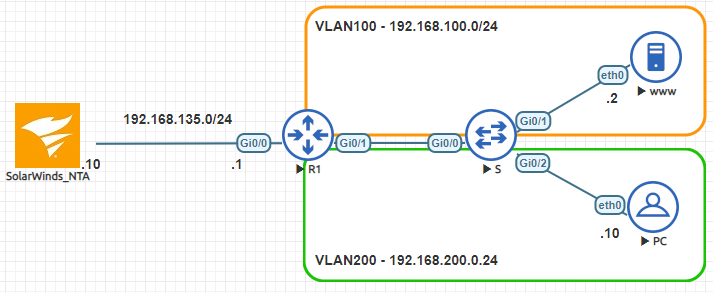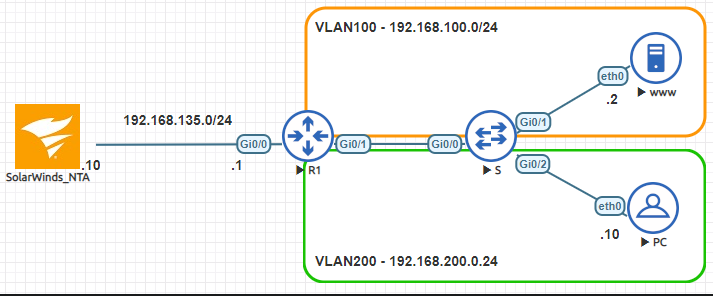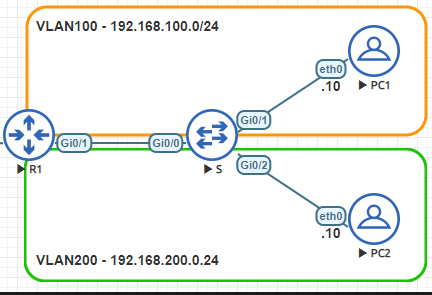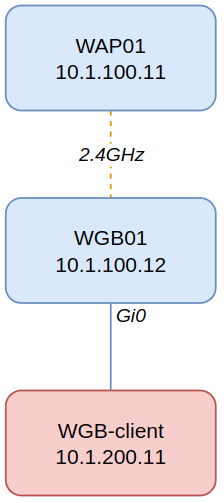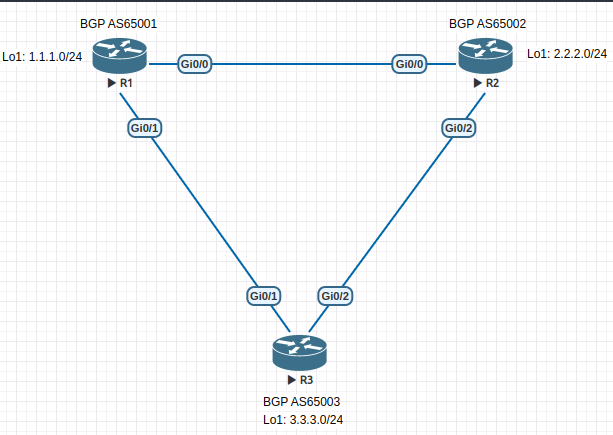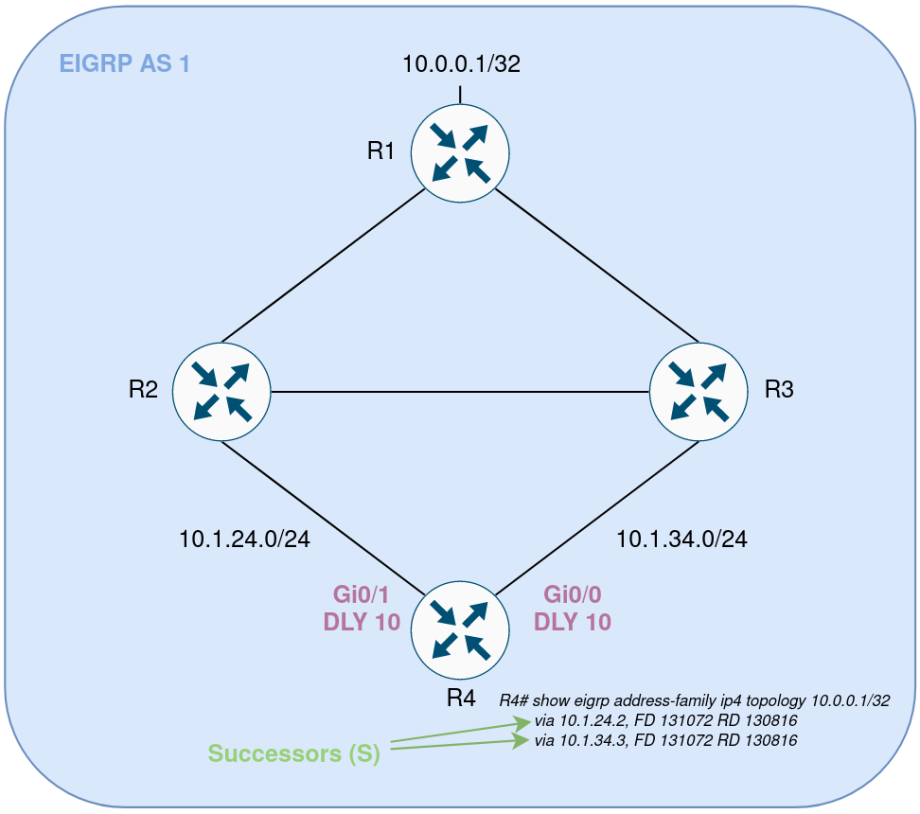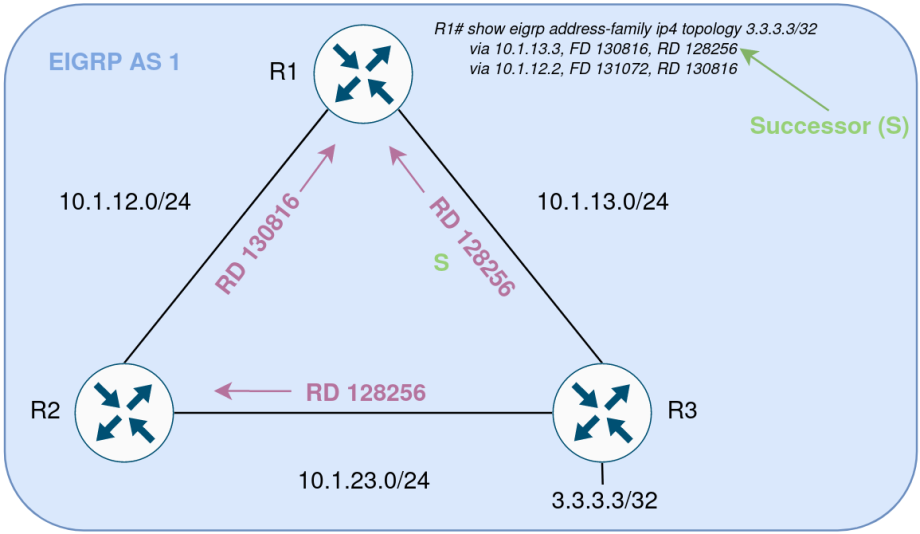Understanding WPA3: The Future of Wi-Fi Security
· ☕ 3 min read
–
Disclaimer: This post was written with the help of AI!
Understanding WPA3: The Future of Wi-Fi Security In the ever-evolving landscape of wireless networking, security remains a top priority. Enter WPA3, the latest Wi-Fi security protocol designed to address vulnerabilities in its predecessor, WPA2, and provide stronger protection for wireless networks.

